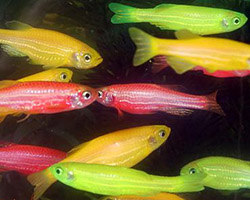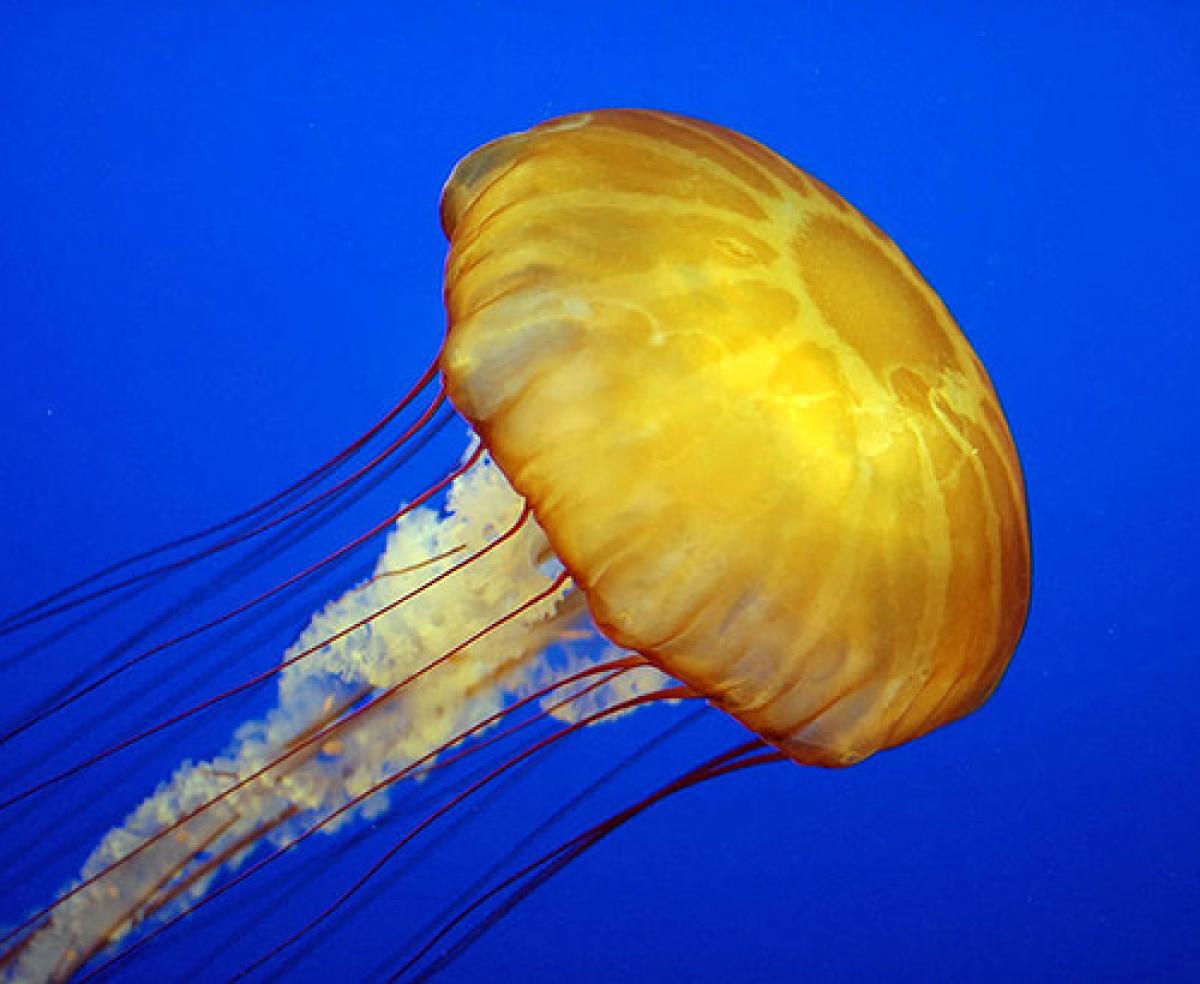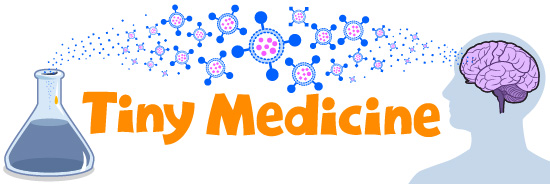Nanoparticle Highlighters
 If you look at an x-ray of a human body, what do you see? Bones, of course, and the faint outlines of some organs. Maybe there’s something metal in the body like a fake hip or screws that also shows up. But what if you wanted to look at the lungs, or see where cancer is in the body? Many whole body imaging methods like x-rays have a problem finding some things. One way scientists are getting around this problem is by packing nanoparticles with molecules that are easily seen in each kind of image.
If you look at an x-ray of a human body, what do you see? Bones, of course, and the faint outlines of some organs. Maybe there’s something metal in the body like a fake hip or screws that also shows up. But what if you wanted to look at the lungs, or see where cancer is in the body? Many whole body imaging methods like x-rays have a problem finding some things. One way scientists are getting around this problem is by packing nanoparticles with molecules that are easily seen in each kind of image.
Bright Spots are the Right Spots
X-ray images are made when x-rays pass through a person or thing and hit a white film on the other side. The places on the film that are hit with x-rays turn dark. Bones and metal are dense enough to block x-rays, so they will cast a white “shadow” on the film.
Since nanoparticles can be made out of metal, they will also make white spots on the x-ray film if there are enough of them in one spot. Nanoparticles can be sent to specific parts of the body, like tumors or less dense tissues, to make them show up bright white on an x-ray image.
Glowing Body Parts
 If you’ve been to a pet store recently, maybe you’ve seen fish there that glow when they’re under a black light. They glow because they make proteins that absorb the black light and release a different colored light.
If you’ve been to a pet store recently, maybe you’ve seen fish there that glow when they’re under a black light. They glow because they make proteins that absorb the black light and release a different colored light.
These proteins can be made and added to nanoparticles, which are then sent to a specific part of the body to make it glow. This can be very useful for surgeons working on removing tumors or repairing organs. They can tell tissues apart much more easily when what they’re trying to find is glowing.
Additional images via Wikimedia Commons. Jellyfish by Dan 90266.
Read more about: Latch and Catch
Bibliographic details:
- Article: Nanoparticle Highlighters
- Author(s): Dr. Biology
- Publisher: Arizona State University School of Life Sciences Ask A Biologist
- Site name: ASU - Ask A Biologist
- Date published:
- Date accessed:
- Link: https://askabiologist.asu.edu/nanoparticle-highlighters
APA Style
Dr. Biology. (). Nanoparticle Highlighters. ASU - Ask A Biologist. Retrieved from https://askabiologist.asu.edu/nanoparticle-highlighters
Chicago Manual of Style
Dr. Biology. "Nanoparticle Highlighters". ASU - Ask A Biologist. . https://askabiologist.asu.edu/nanoparticle-highlighters
Dr. Biology. "Nanoparticle Highlighters". ASU - Ask A Biologist. . ASU - Ask A Biologist, Web. https://askabiologist.asu.edu/nanoparticle-highlighters
MLA 2017 Style

Be Part of
Ask A Biologist
By volunteering, or simply sending us feedback on the site. Scientists, teachers, writers, illustrators, and translators are all important to the program. If you are interested in helping with the website we have a Volunteers page to get the process started.

